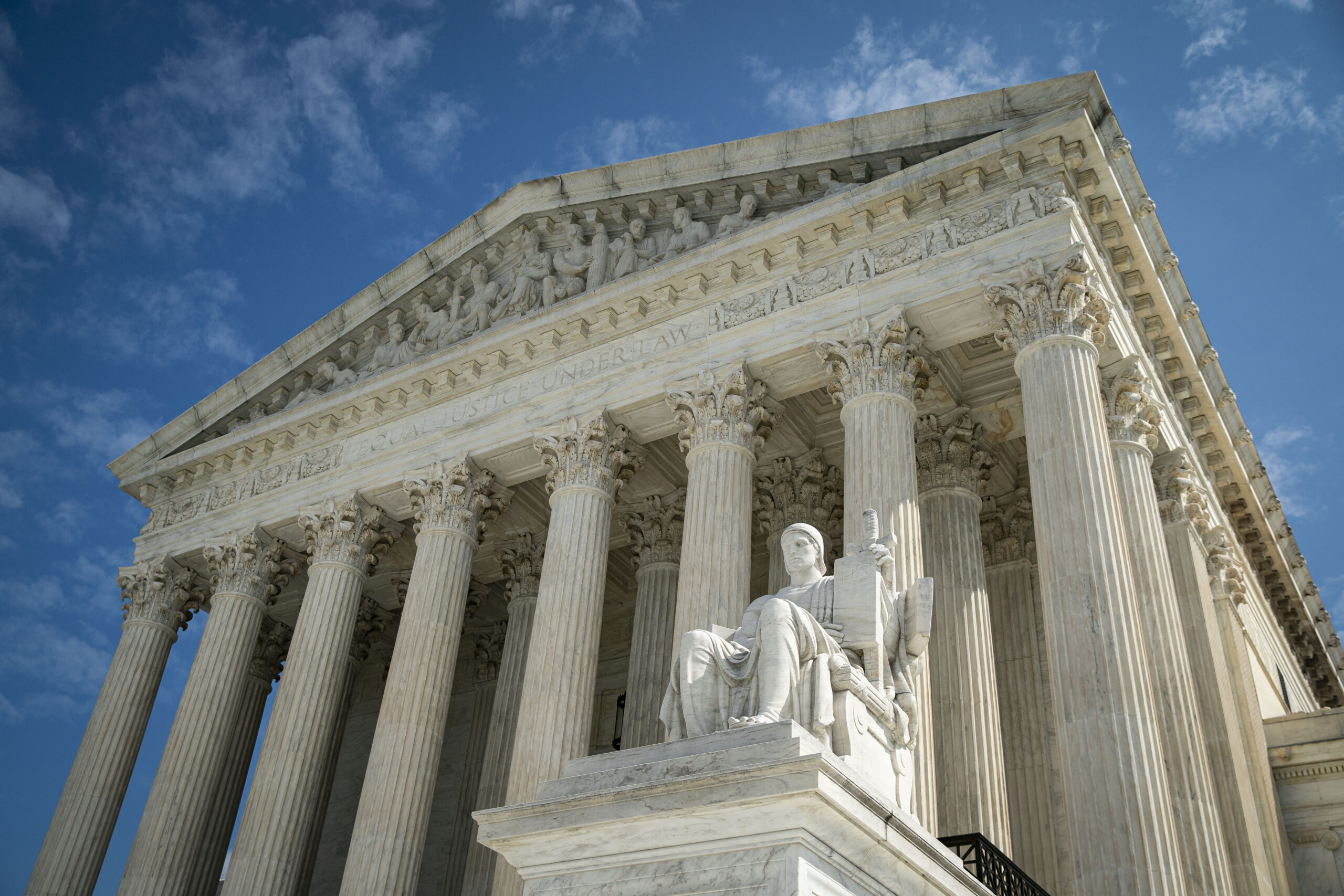By: Rasa Fumagalli, JD, MSCC, CMSP-F
The United States Supreme Court overruled the Chevron doctrine in the recent case of Loper Bright Enterprises et al v Raimondo , Secretary of Commerce , et al. ( No. 22-451, 604 U.S. ____(2024)22-451). The Chevron doctrine was previously established by the Supreme Court in the 1984 Chevron U.S.A. Inc v Natural Resources Defense Counsil, Inc. case ( 467 U.S. 837 (1984)) which involved the Environmental Protection Agency’s (EPA) interpretation of the language of the Clean Air Act Amendments of 1997. In agreeing with the EPA’s interpretation, the Court established a two-step approach for review of agency action. The first step requires an examination of whether Congress has directly spoken to the precise question at issue. If it has not, a court should defer to the agency’s interpretation if it has offered a permissible construction of the statute, even if it is not the same reading a court would have reached.
In overruling the Chevron doctrine in the Loper Bright Enterprises case, the Supreme Court considered challenges to a rule promulgated by the National Marine Fisheries Service pursuant to the Magnuson-Stevens Act, 16 U.S.C. Section 1801 et seq, which incorporates the Administrative Procedure Act (APA) 5 USC sec 551 et seq. Although the government argued that the Supreme Court should defer to the agency’s interpretation, the Court held that the APA instead required it to exercise independent judgment in deciding whether an agency has acted within its statutory authority. Under the APA, courts should not defer to an agency interpretation of law simply because a statute is ambiguous. The Court’s decision contains a lengthy examination of the judiciary’s responsibilities when it comes to interpreting law and adjudicating cases and controversies. Agency interpretations of federal statutes should be accorded respect instead of deference.
So how will the death of Chevron deference impact parties that are seeking to comply with the Medicare Secondary Payer (MSP) Act and regulations in their settlements?
As a starting point, it is important to remember that CMS is the agency charged with interpreting the Medicare Secondary Payer Act (MSP Act or MSPA). The language of the MSP Act and supporting regulations specifically state that Medicare is precluded from making payments for services to the extent that payment has been made or can reasonably be expected to be made promptly under any of the following” (i) workers’ compensation; (ii)liability insurance; (iii) no-fault insurance. (42 U.S.C.§1395y(b)(2)(A)(ii), 42 C.F.R.§411.20 (a)(2)). A primary payer’s responsibility for payment may be demonstrated by “a judgment, payment conditioned upon the beneficiary’s compromise, waiver, or release (whether or not there is a determination or admission of liability) of payment for items or services included in a claim against the primary payer or the primary payer’s insured or by other means…” (42 C.F. R§411.22). These provisions are enforced through Section 111 of the Medicare, Medicaid, and SCHIP Extension Act of 2007 (MMSEA) which provides for mandatory insurer reporting for Medicare beneficiaries who receive settlements, judgments, awards or other payments.
The interpretation of the MSP has been described by many courts as notoriously “complex.” The true impact of the death of the Chevron deference won’t be known until we see litigation against the Center for Medicare and Medicaid Services (CMS) related to its interpretation of the MSPA. The main areas that may lead to this litigation might involve the additional mandatory insurer reporting requirement of the amount of the Workers’ Compensation Medicare Set-Aside as well as civil monetary penalty calculations. In addition, since workers compensation settlements have a great deal of agency guidance when it comes to post settlement injury related care, ie the Workers’ Compensation Medicare Set-Aside Arrangement (WCMSA) Reference Guide, and a Medicare Set-Aside review process, it wouldn’t be surprising to see challenges to CMS’ actions in this area. On the other hand, Liability MSA’s have only been addressed by two CMS memos and remain largely unregulated. The best course of action for liability settlements continues to be a case specific approach which includes a discussion with the Medicare beneficiary client about the potential impact of a Medicare denial of post settlement injury related care when a settlement includes an element of future medical. The consultation and supporting documentation provided by an MSP compliance expert will show that Medicare’s interests were reasonably addressed in the settlement.
It is important to keep in mind that although the Chevron doctrine has been overruled, agency interpretation will still be given a certain degree of respect or weight. Until a body of case law is developed in the area of MSP compliance, it is prudent to stay committed to resolving conditional payments, coordinating Section 111 mandatory insurer reporting and addressing Medicare’s potential interest in post settlement injury related care.
Synergy’s MSP compliance experts are here to help you navigate the complexities of the MSP Act and supporting regulations. Partner with Synergy to make sure your practice and your client are protected when it comes to the Medicare Secondary Payer Act.

